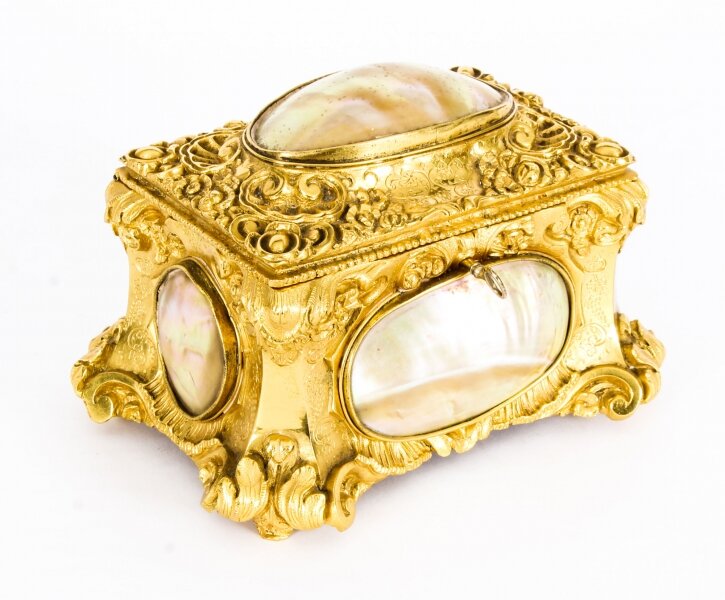Antique French Ormolu Casket with Abalone Shell Plaques C1880 19th Cent


Ref:
A1062
Price:
£
0.00














